A staff ride offers a unique opportunity for learning. The concept behind it is simple: to study earlier military campaigns by walking the battlefields. Being there – in the place where it happened – helps bring history and strategy to life.
During a staff ride, participants stand where decisions were made, surrounded by the terrain that shaped critical choices. Each person on the trip plays a role, immersing themselves in the perspective of an individual from the time to explain the options available and the choices ultimately made.

Staff rides are a staple in Duke’s Program in American Grand Strategy (AGS). Each year, the program takes undergraduate and graduate students, alumni, faculty and staff to study a campaign or battle from US history.
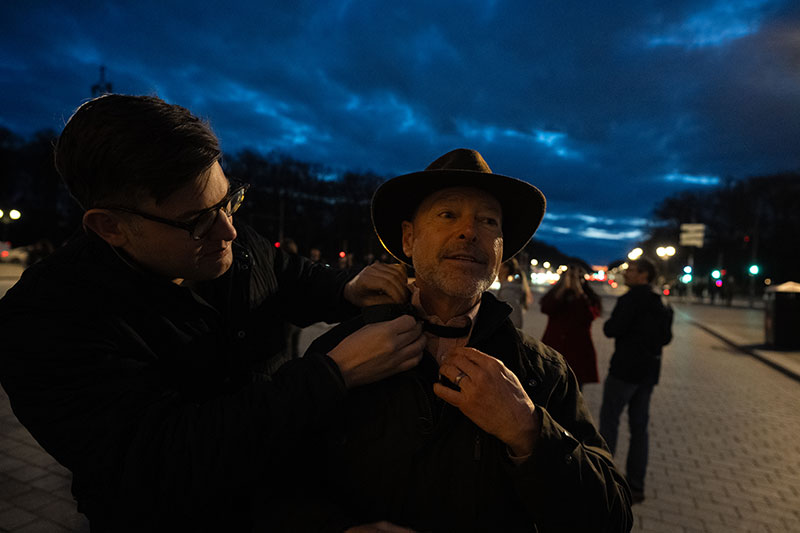

This year, AGS traveled to Berlin and Prague to study the Cold War in Europe, from the division of Germany at the end of World War II through the collapse of communism across Central and Eastern Europe over four decades later.
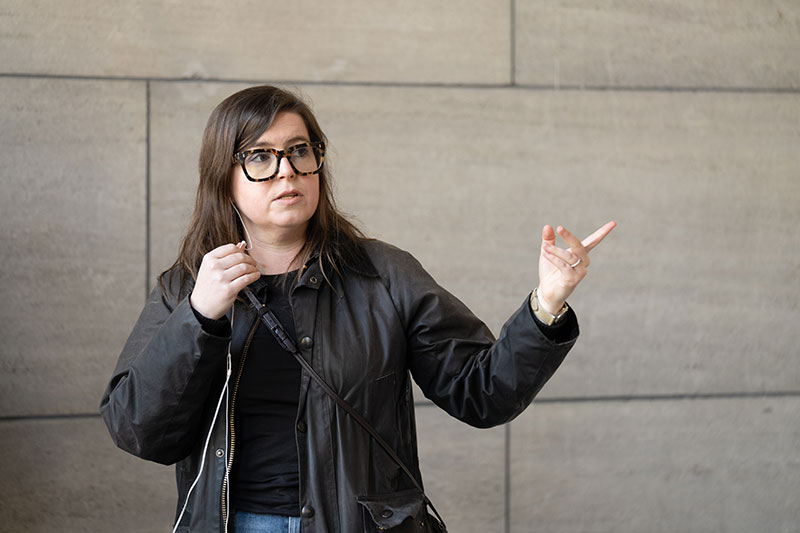
With two Cold War historians along for the ride, Simon Miles, an assistant professor at the Sanford School of Public Policy, and AGS’ Associate Director Susan Colbourn, it was an itinerary packed with sites marking 40 years of confrontation between two systems.
“I’ve spent plenty of time thinking and teaching about the Cold War,” Colbourn noted, “but it’s different on a staff ride. It was a wonderful experience to watch our students link past and present and puzzle through the challenges of crafting strategy, as we visited the places that shaped that decades-long struggle in Europe.”
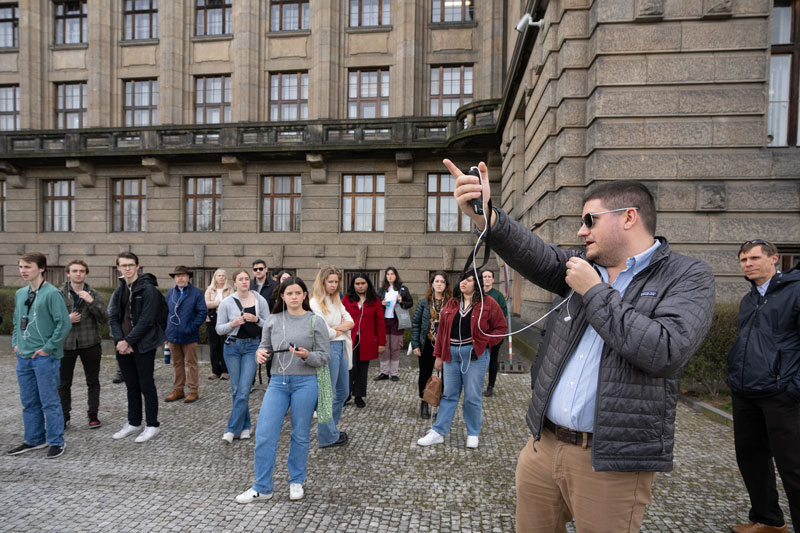
In Berlin, participants stood on airfields where allied planes landed every few minutes to supply the city’s western sectors during the airlift of 1948-49. They walked along the Berlin Wall, stumbling over the markers where tunnels had been dug and where East Berliners had attempted to flee. They stood in the grounds of a former prison, once run by the dreaded Ministerium für Staatssicherheit – the Stasi.
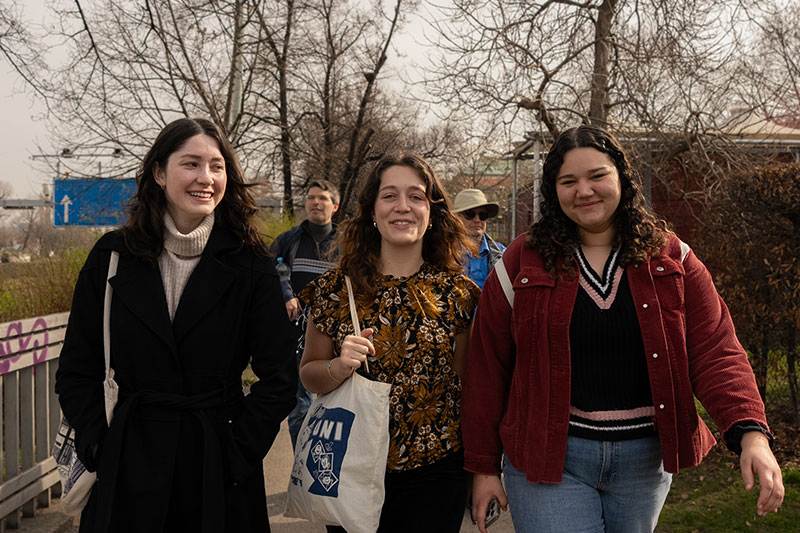
Neel Mehra (’27) brought his role as the “Candy Bomber” of the Berlin Airlift to life, passing out sweets to the group. “It was amazing to present my findings and props at Tempelhof Airport,” he noted, and to connect his remarks with those of Kenrick Forrester, one of the Counterterrorism and Public Policy Fellows who joined the trip.
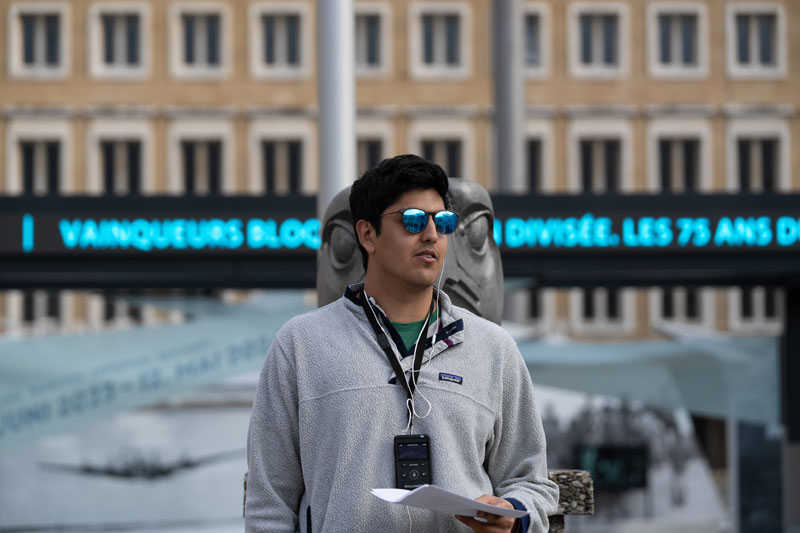
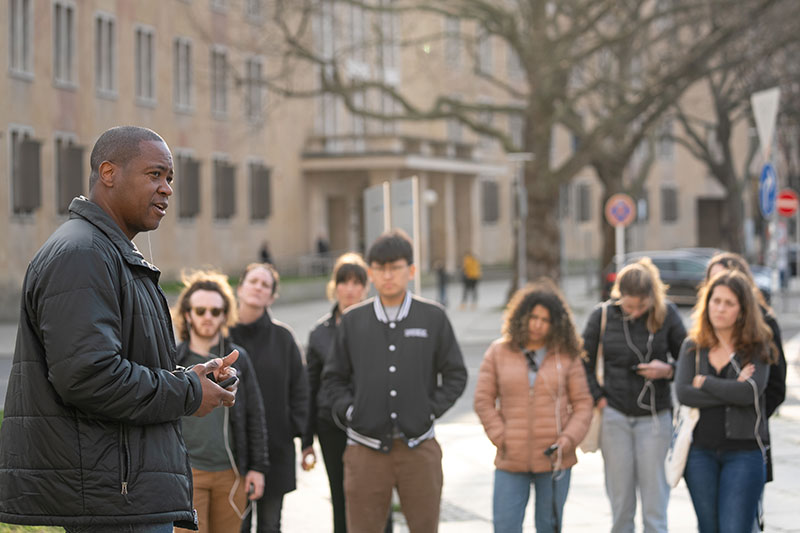
Standing alongside pieces of the concrete slabs that once divided the German capital, participants heard the strategy behind the decision to build the wall – and the thinking of some who tried to escape its confines. Sophie Yost (’26) laid out what the wall’s construction meant for one Berliner, a German nurse named Ida Siekmann, the first casualty of the Berlin Wall.
“As I stood in the Berlin Wall Memorial, listening to the Ida Siekmann presentation,” Andrea Reyes (’25) remembered, “I caught a glimpse of the past which revealed how the physical barrier tragically impacted ordinary lives in Germany.”

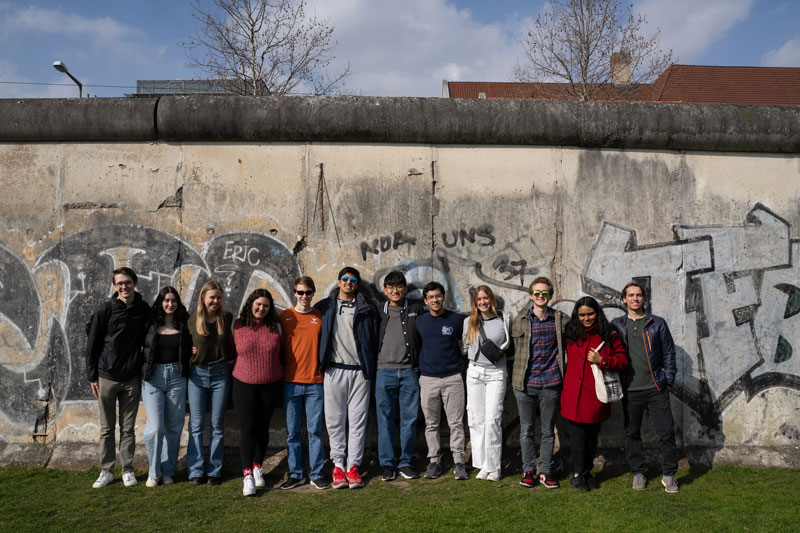
“I think something that shook every staff rider to their core was the Stasi prison,” Abigail Bergan (’26) recalled. “This micro-level closeup of the horrors of war is sticking with me well after I’ve left Berlin and Prague."
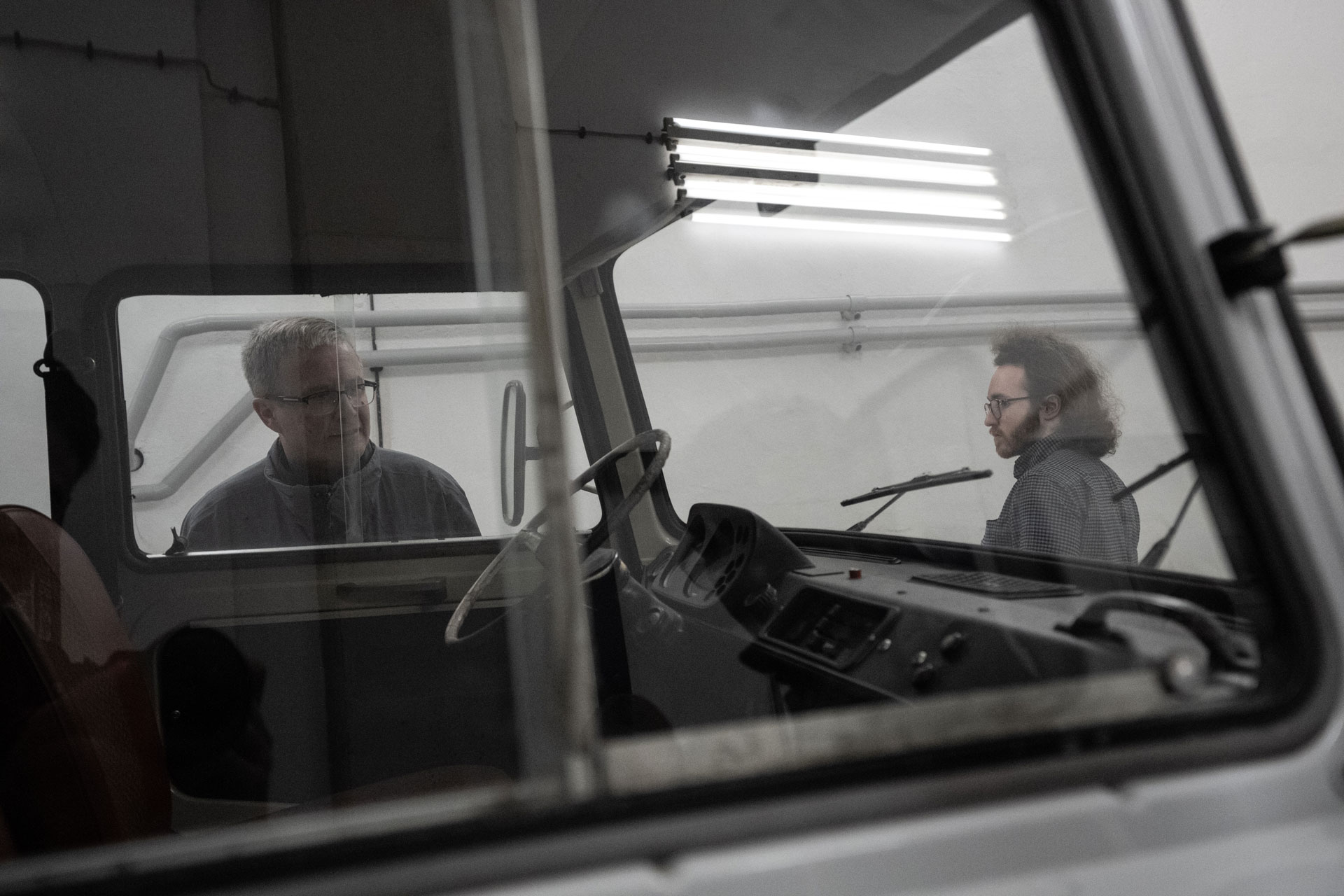
It is always a stark reminder that people make history. Their personalities, past and preferences matter.
Perhaps no one reminded this year’s participants of that better than Reyes, who opened by taking off her shoe and banging it on the ground to signal that she was the Soviet leader Nikita Khrushchev.
The journey continued in Prague, with stops at the radio building where skirmishes broke out in August 1968 following the Soviet-led invasion of Czechoslovakia and on historic Wenceslas Square at the markers to commemorate young students who self-immolated in protest. Participants climbed the hills of Prague to the former West German embassy where East Germans took refuge in the summer of 1989, hoping to escape for a better life in the West.

“It was especially powerful to learn and embody the historical context and strategic thinking at the places where it actually happened,” Jazper Lu (’26) observed. “Focusing my research on a single person and time frame allowed me to see the complexity and significance of each small decision that would normally occupy a single sentence or less in a history textbook.”
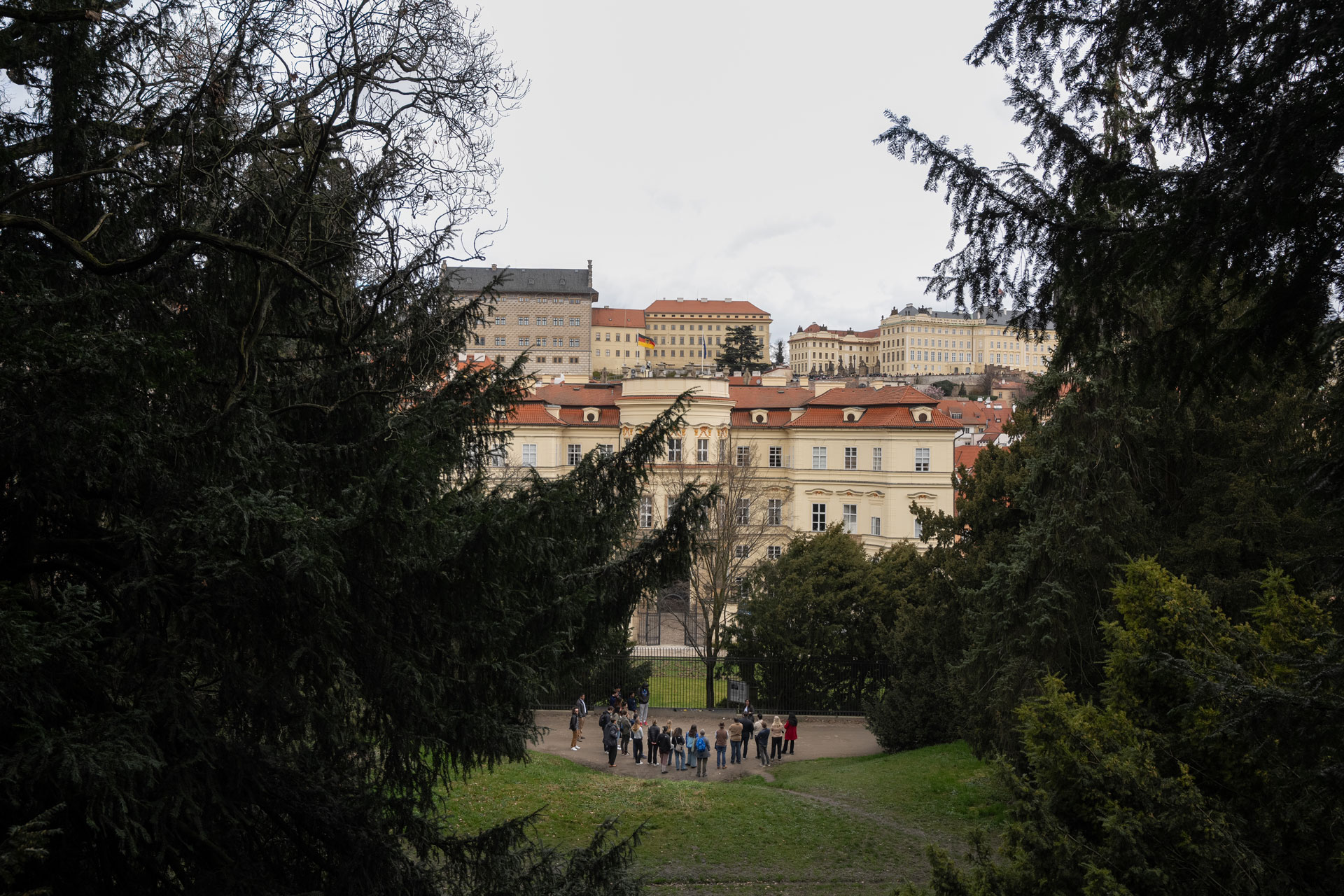
At each stop, students, alumni and faculty shared insights from their own reading and research into an array of individuals, including presidents, prime ministers, and general secretaries, along with soldiers, diplomats, religious leaders, athletes, and everyday people navigating the complexities of geopolitics.

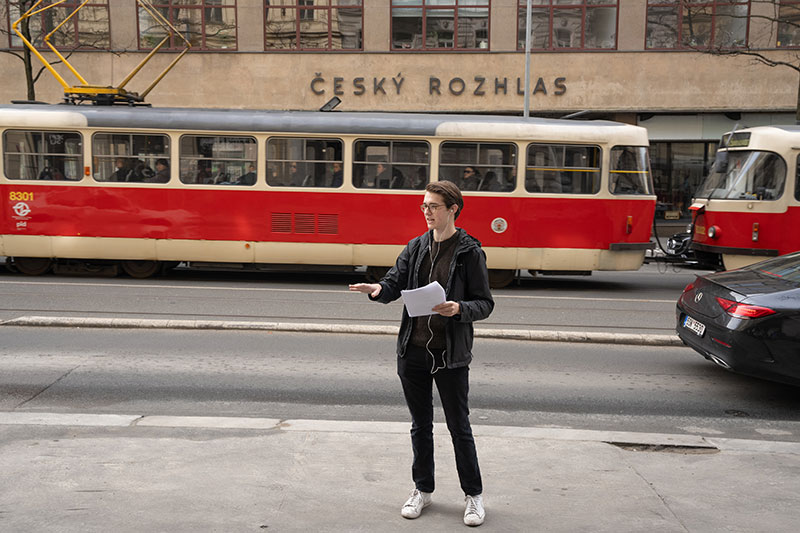
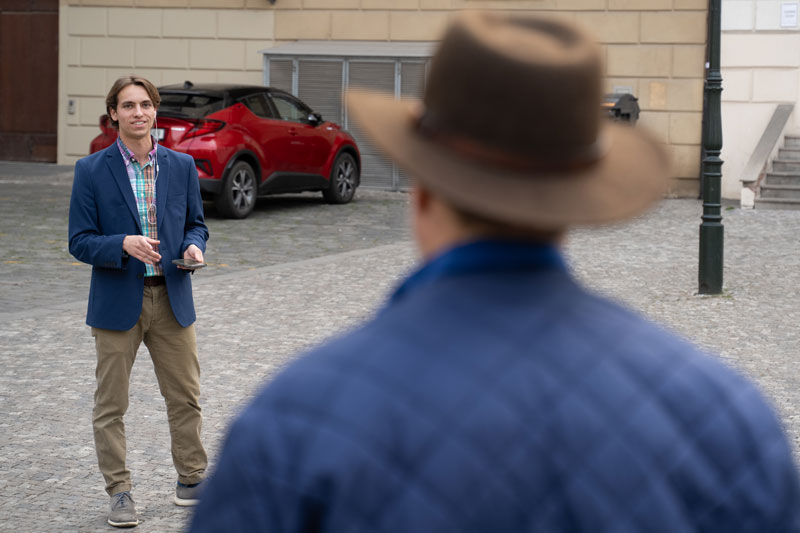
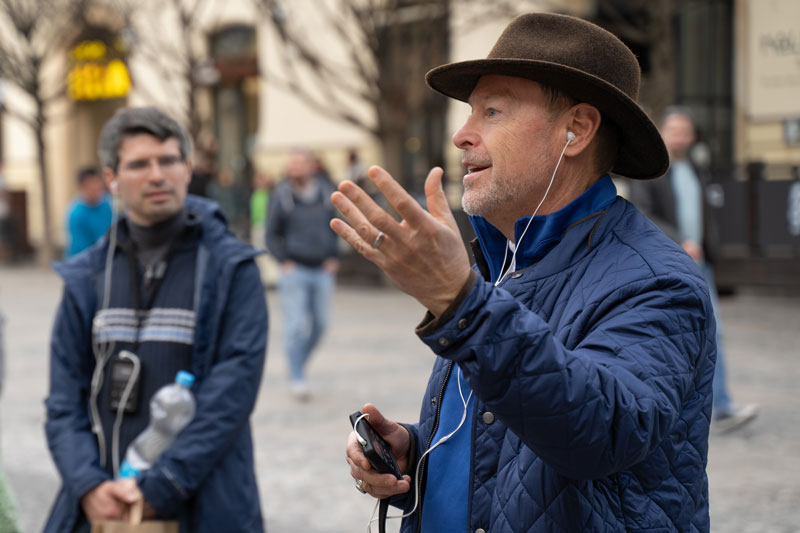

AGS Director Peter Feaver, a professor of political science, capped off the week considering how the Cold War shaped a generation of policymakers. Reflecting on the sites they had seen and the episodes discussed over the past week, the students debated the formative experiences and defining moments that might shape their generation’s outlook on the world.

(from left to right): Elliot Strauch (’27), Neel Mehra, Jazper Lu, and Lucas Wagner drop into a stylized pose during a moment while surveying the exhibit halls at the Museum of Communism in Prague.
